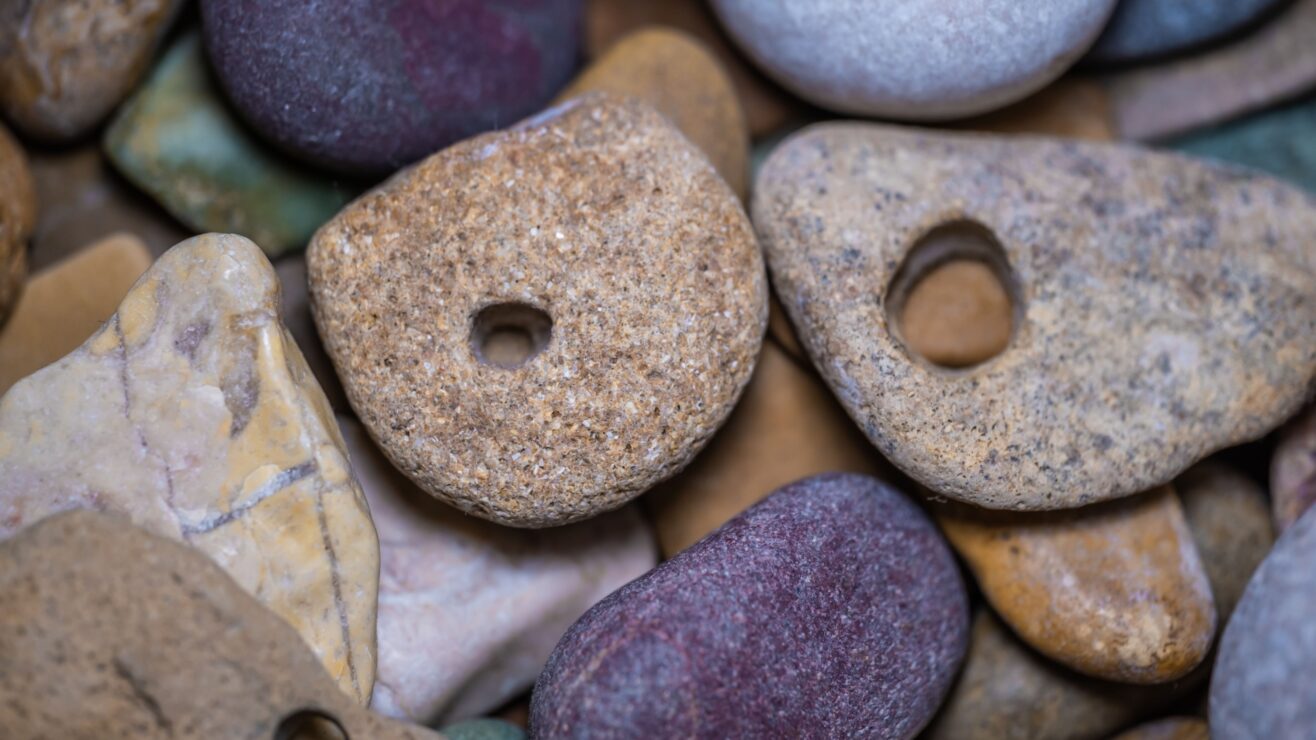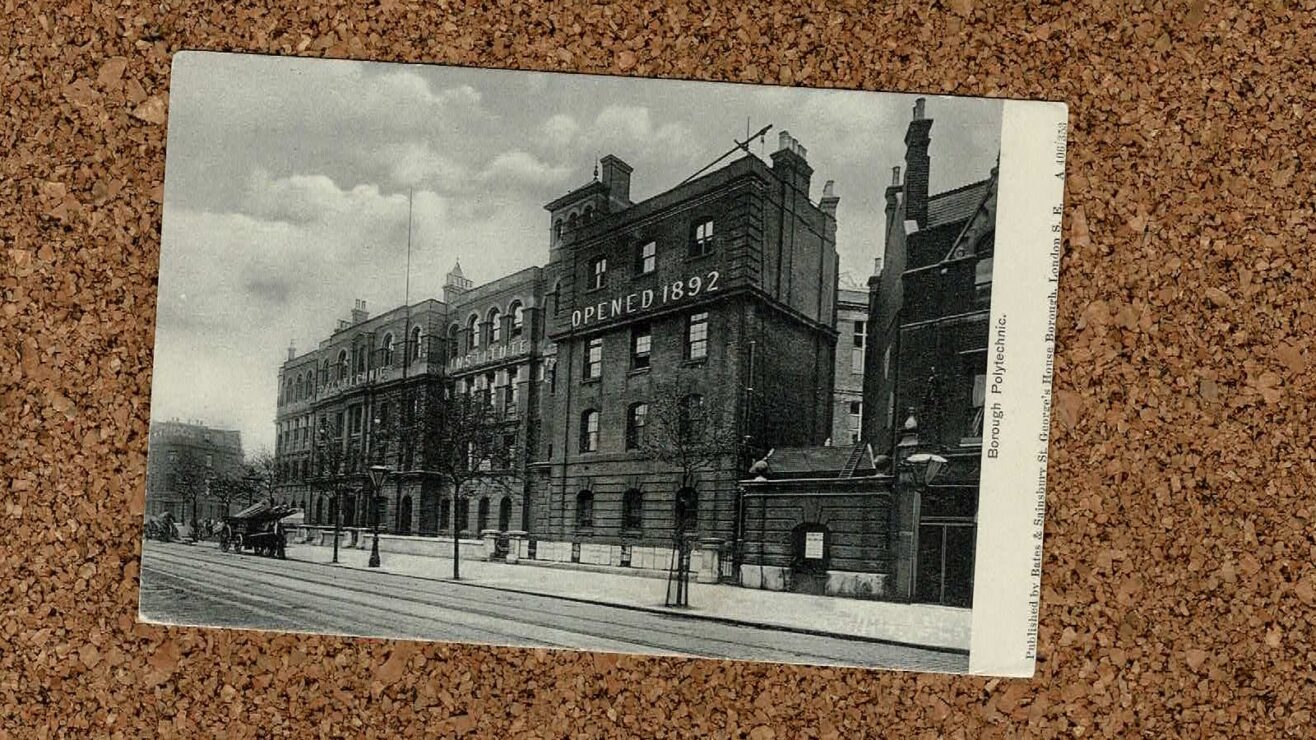In 1878 the University of London received permission (via a supplemental charter) to award degrees to women.
The card shows Burlington House, which at the time was the University’s offices (it moved from Somerset House in 1870 and stayed in Burlington House until 1900).
This did not come out of the blue: In 1856 Jessie White sought (and was refused) entry to study for a medical degree. And in 1868 eight women took the special examination for women at the university – not leading to a degree, and at about the same standard as the Matriculation test. The first women graduated from the University in 1880.
Other developments followed. The red brick universities founded in the 1890s and 1900s admitted women right from the start; colleges for women were established in London Oxford and Cambridge universities; women were admitted to universities in Scotland in 1889. It was a slow process: Cambridge did not admit women to degrees until 1947 (yes, you did read that right), the last university in the UK to do so.
Was the UK a pioneer? Far from it.
- In 1237 – almost 650 years before the first woman graduated in the UK, and only about 30 years after the foundation of the University of Oxford – Bettisia Gozzadini graduated with a degree in law from the University of Bologna. She taught at that university from 1239, and is believed to have been the first woman to do so.
- In 1678 Elena Cornaro Piscopia gained a doctoral degree in philosophy from the University of Padua and is believed to have then lectured at that university. In 1732 Laura Bassi gained a PhD in physics from the University of Bologna, and went on to teach at that university in a salaried position: the first woman PhD in science, and the first salaried woman university teacher.
- 1787 saw the first PhD awarded to a woman at a German University – Dorothea von Rodde-Schlözer, graduating from the University of Göttingen. (She was also the first woman in German to adopt a double-barrelled surname on marriage, retaining her family name as well as her husband’s name.)
- 1788 saw the first woman graduate in Sweden: Aurora Liljenroth, who graduated from the Visingsö Gymnasium (where her father, who argued in favour of her admittance, was a professor).
- In 1839 Wesleyan College in Georgia, USA, admitted its first women students for degree study. Then known as Georgia Female College, it was the first college in the world which was specifically licensed to teach women to degree level.
- In 1849 Bedford College in London opened: the first in the UK to cater for women. Only ten years behind the USA, higher education for women in Britain was now following a path similar to other (more) advanced states.
There are two morals to this story, I think.
The first is that none of the women mentioned in this post did what they did without a struggle: change often requires protest to make it happen; the forces of small-c conservativism are strong everywhere. In hindsight progress can seem inevitable, but it is always contingent.
And secondly, remember always to look beyond your own front door. The University of London and its role in advancing women’s education was and is a Very Good Thing, and so are lots of other universities and colleges in this big wide world.













